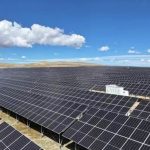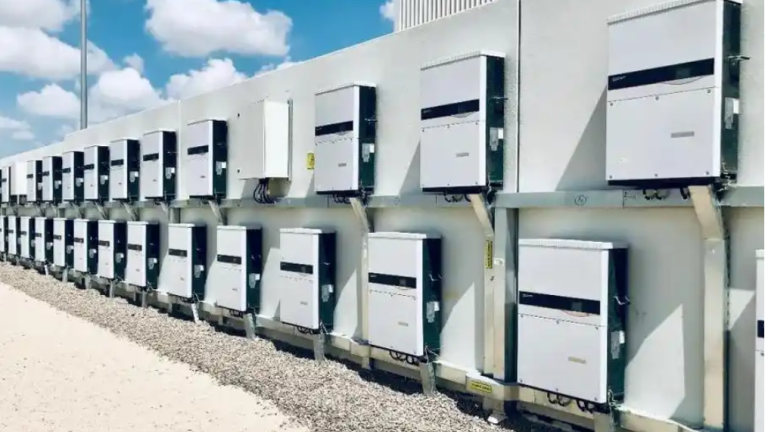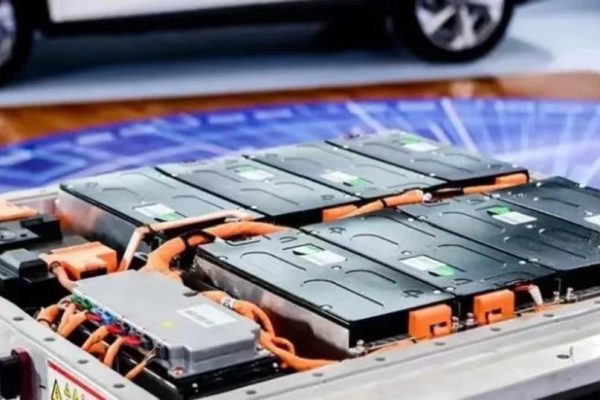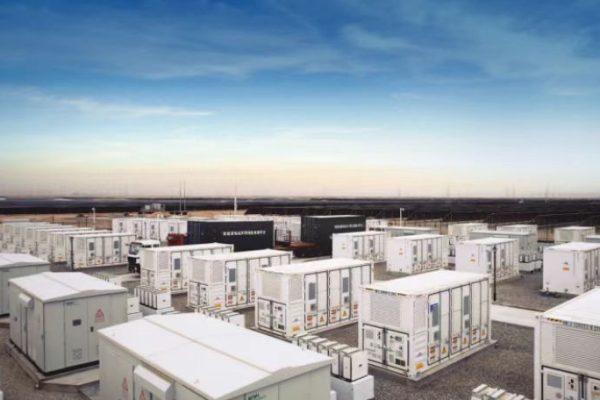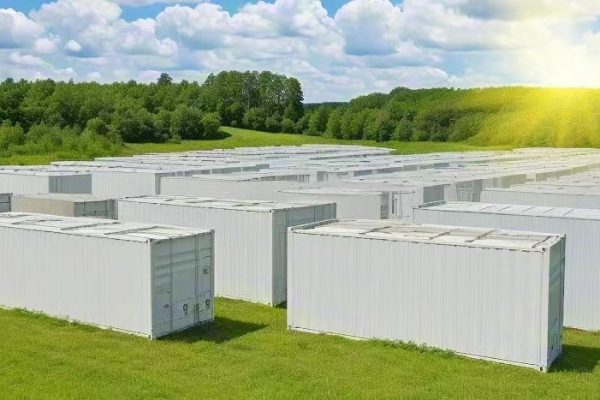Introduction
As solar power systems become increasingly common in homes, businesses, and industrial settings, choosing the right inverter technology is a critical design decision. Inverters are the “brains” of a photovoltaic (PV) system, converting direct current (DC) electricity from solar panels into alternating current (AC) power usable by your building and the grid.
Two popular types of inverters dominate the solar market today: string inverters and microinverters. Both have their strengths and weaknesses, and the choice between them depends on your installation type, budget, performance goals, and future scalability.
This article compares string inverters and microinverters in detail, helping you make an informed choice for your solar energy needs.
What Are String Inverters?
String inverters, also known as central inverters in larger systems, are the most commonly used inverter type in traditional PV systems. In this setup, multiple solar panels are connected in a series string, and the DC electricity generated by all the panels is sent to a single central inverter, which converts it into AC electricity.
Key Characteristics:
- One inverter manages the output of an entire string or multiple strings of panels.
- Cost-effective and efficient for uniform installations.
- Typically installed on a wall or in a protected location.
What Are Microinverters?
Microinverters are small, individual inverters mounted directly underneath each solar panel. Each panel operates independently, and its output is converted from DC to AC on-site, at the panel level.
Key Characteristics:
- Each panel has its own dedicated inverter.
- Ideal for shaded or complex roof layouts.
- Often integrated with panel monitoring systems.
Comparison: String Inverters vs. Microinverters
Let’s evaluate both technologies across multiple important factors:
1. System Performance
- String Inverter:
Performance is determined by the weakest panel in the string. If one panel is shaded, dirty, or faulty, it will drag down the performance of the entire string. - Microinverter:
Each panel performs independently. Shading or damage to one panel does not affect the others. This leads to better overall system performance, especially in variable conditions.
✅ Winner: Microinverter
2. Installation Flexibility
- String Inverter:
Requires panels to be installed with matching orientation and tilt for optimal performance. More limited when designing around obstructions like chimneys or skylights. - Microinverter:
Panels can be placed in different orientations and angles, making them ideal for irregular roof shapes or multi-directional systems.
✅ Winner: Microinverter
3. Monitoring and Maintenance
- String Inverter:
Monitoring is done at the string level. Diagnosing issues requires more effort, and pinpointing a faulty panel can be challenging. - Microinverter:
Offers panel-level monitoring. If one panel is underperforming, you can identify it immediately, simplifying maintenance.
✅ Winner: Microinverter
4. Cost
- String Inverter:
Generally more cost-effective for large systems. One centralized unit means fewer components and lower upfront cost. - Microinverter:
Higher initial cost due to one inverter per panel. However, prices have dropped significantly in recent years, narrowing the gap.
✅ Winner: String Inverter (for budget)
5. Scalability and Expansion
- String Inverter:
Expansion requires careful planning and may need additional inverters or reconfiguration of existing strings. - Microinverter:
Extremely easy to expand — just add new panels with their own microinverters. Ideal for phased installations.
✅ Winner: Microinverter
6. Durability and Warranty
- String Inverter:
Usually has a shorter lifespan (10–12 years) than solar panels (25+ years). If the central inverter fails, the entire system goes down. - Microinverter:
Typically come with longer warranties (20–25 years). If one microinverter fails, only the associated panel is affected.
✅ Winner: Microinverter
7. Efficiency in Large Systems
- String Inverter:
In large-scale or utility projects with uniform sun exposure, string inverters offer excellent efficiency and centralized control. - Microinverter:
Less practical for large systems due to high component count and complexity.
✅ Winner: String Inverter (for large-scale)
Use Case Recommendations
| Installation Type | Recommended Inverter |
|---|---|
| Small to Medium Residential | Microinverter (especially with shading) |
| Large Residential with Open Roof | String Inverter |
| Commercial Rooftop (uniform layout) | String Inverter or Central Inverter |
| Complex Roofs or Partial Shading | Microinverter |
| Off-grid/Hybrid Systems | Often use string inverters with battery support |
| Future Expansion Expected | Microinverter for modularity |
Leading Brands in Each Category
Popular String Inverter Manufacturers:
- Sungrow
- Growatt
- Fronius
- Huawei
- GoodWe
Popular Microinverter Manufacturers:
- Enphase Energy (industry leader)
- APsystems
- Hoymiles
Note: Some manufacturers (like Huawei and Growatt) offer optimizer-based solutions, combining string inverters with panel-level optimization — a hybrid approach between micro and string systems.
What About Power Optimizers?
Power optimizers (e.g., from SolarEdge) are another alternative. They are installed at each panel like microinverters but do not convert DC to AC. Instead, they condition DC power and send it to a central inverter, combining the benefits of both systems. This may offer a performance/cost compromise in many cases.
Cost Comparison Overview
| Inverter Type | Approximate Installed Cost (USD per watt) |
|---|---|
| String Inverter | $0.20 – $0.40 |
| Microinverter | $0.35 – $0.55 |
| Power Optimizer | $0.30 – $0.45 |
Note: Actual prices depend on system size, labor, and region. Microinverter systems may offer faster ROI in partially shaded or high-complexity projects.
Safety Considerations
Microinverters increase system safety by eliminating high-voltage DC wiring, which reduces the risk of arc faults and fire. Many microinverters are also rapid shutdown compliant (important for North American safety codes like NEC 690.12).
Future Trends
- Microinverter adoption is growing, especially in residential markets and areas with strict safety regulations.
- Smart hybrid inverters are integrating more monitoring features to compete with microinverters.
- AI-based fault detection is improving both systems’ reliability.
- New solutions are emerging to combine the efficiency of string inverters with the flexibility of microinverters.
Conclusion
Both string inverters and microinverters have a firm place in the solar market. The best choice depends on your specific installation conditions, performance expectations, and budget.
Choose a string inverter if:
- Your roof has consistent sun exposure
- You’re building a large-scale system
- You need to optimize budget
Choose a microinverter if:
- Your roof has multiple angles or shading
- You want easy expansion
- You prioritize panel-level monitoring and long-term reliability
Regardless of which system you choose, working with a qualified installer and selecting a reputable brand are critical to getting the most from your solar investment.



